Previous - Austrian coins before euro
Austrian euro coins - catalog with values
Republic of Austria
Reform 2002
Euro=100 euro cents
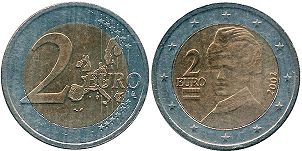
2 euro 2002 (2002-2006)
bi-metallic - nickel-brass/copper-nickel
2 EURO
2 EURO 2002
Coin value ~ 3-4 USD
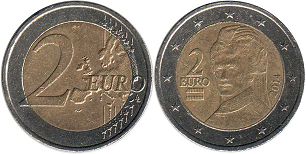
2 euro 2014 (2007- )
bi-metallic - nickel-brass/copper-nickel
2 EURO
2 EURO 2014
Coin value ~ 3-4 USD
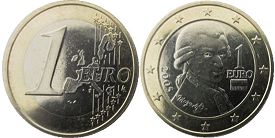
1 euro 2005 (2002-2006)
bi-metallic - copper-nickel/nickel-brass
1 EURO
1 EURO 2005
Coin value ~ 2-3 USD
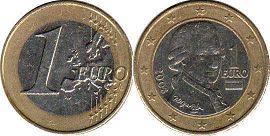
1 euro 2008 (2007- )
bi-metallic - copper-nickel/nickel-brass
1 EURO
1 EURO 2008
Coin value ~ 2-3 USD
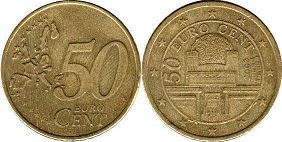
50 euro cent 2003 (2002-2006)
brass
50 EURO CENT
50 EURO CENT 2003
Coin value < US$1
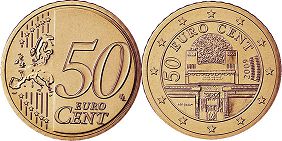
50 euro cent 2009 (2007- )
brass
50 EURO CENT
50 EURO CENT 2009
Coin value ~ 1-2 USD
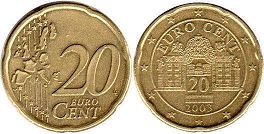
20 euro cent 2003 (2002-2006)
brass
20 EURO CENT
20 EURO CENT 2003
Coin value < US$1
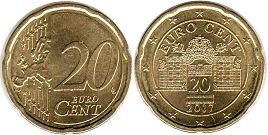
20 euro cent 2017 (2007- )
brass
20 EURO CENTT
20 EURO CENT 2017
Coin value < US$1
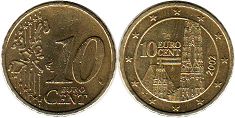
10 euro cent 2002 (2002-2006)
brass
10 EURO CENT
10 EURO CENT 2002
Coin value < US$1
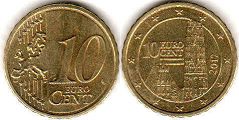
10 euro cent 2012 (2007- )
brass
10 EURO CENT
10 EURO CENT 2012
Coin value < US$1
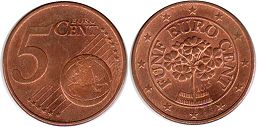
5 euro cent 2015 (2002- )
copper plated steel
5 EURO CENT
FUNF EURO CENT 2015
Coin value < US$1
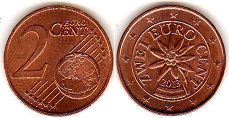
2 euro cent 2013 (2002- )
copper plated steel
2 EURO CENT
ZWEI EURO CENT 2013
Coin value < US$1

1 euro cent 2005 (2002- )
copper plated steel
1 EURO CENT
EIN EURO CENT 2005
Coin value < US$1
See also - Austrian commemorative euro
Euro coins of other countries
AndorraBelgium
Croatia
Cyprus
Estonia
Finland
France
Germany
Greece
Italy
Ireland
Latvia
Lithuania
Luxembourg
Malta
Monaco
Netherlands
Portugal
San Marino
Slovakia
Slovenia
Spain
Vatican
Costs of Austria euro coins in this catalog approximate and indicated specifically for the coin shown in the picture.
I do not buy or sell coins - this is just a catalog.

